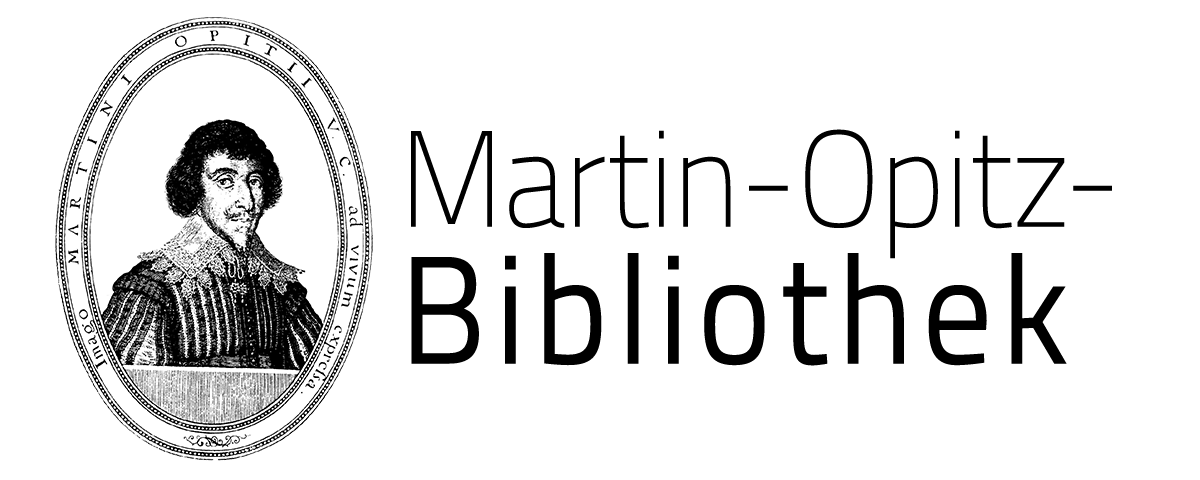Hungary
 Hungary }} is a landlocked country in Central Europe. Spanning much of the Carpathian Basin, it is bordered by Slovakia to the north, Ukraine to the northeast, Romania to the east and southeast, Serbia to the south, Croatia and Slovenia to the southwest, and Austria to the west. Hungary lies within the drainage basin of the Danube River and is dominated by great lowland plains. It has a population of 9.6 million, consisting mostly of ethnic Hungarians (Magyars) and a significant Romani minority. Hungarian is the official language, and among the few in Europe outside the Indo-European family. Budapest is the country's capital and largest city, and the dominant cultural and economic centre.
Hungary }} is a landlocked country in Central Europe. Spanning much of the Carpathian Basin, it is bordered by Slovakia to the north, Ukraine to the northeast, Romania to the east and southeast, Serbia to the south, Croatia and Slovenia to the southwest, and Austria to the west. Hungary lies within the drainage basin of the Danube River and is dominated by great lowland plains. It has a population of 9.6 million, consisting mostly of ethnic Hungarians (Magyars) and a significant Romani minority. Hungarian is the official language, and among the few in Europe outside the Indo-European family. Budapest is the country's capital and largest city, and the dominant cultural and economic centre.Prior to the foundation of the Hungarian state, various peoples settled in the territory of present-day Hungary, including the Celts, Romans, Huns, Germanic peoples, Avars and Slavs. Hungarian statehood is traced to the Principality of Hungary, which was established in the late ninth century by Álmos and his son Árpád through the conquest of the Carpathian Basin. King Stephen I ascended the throne in 1000 and converted his realm to a Christian kingdom. The medieval Kingdom of Hungary was a European power, reaching its height in the Late Middle Ages.
After a long period of Ottoman wars, Hungary's forces were defeated at the Battle of Mohács in 1526 and its capital Buda was captured in 1541, opening a period of more than 150 years where the country was divided into three parts: Royal Hungary (loyal to the Habsburgs), Ottoman Hungary and the semi-independent Principality of Transylvania. The Ottomans recognised the loss of Ottoman Hungary by the Treaty of Karlowitz in 1699. Most of Hungary was reunited and came under Habsburg rule by the turn of the 18th century.
Wars of independence against the Habsburgs in 1703–1711 and 1848–1849 resulted in a compromise that established the Austro-Hungarian Monarchy in 1867, a major power in the early 20th century. Austria-Hungary collapsed after World War I, and the subsequent Treaty of Trianon in 1920 established Hungary's current borders, resulting in the loss of 71% of its historical territory, majority of its economy, 58% of its population, and 32% of its ethnic Hungarians.
Reeling from the aftermath of the war, Hungary endured turmoil in the early interwar period, culminating in the nationalist conservative regime of Regent ruler Miklós Horthy. Hungary joined the Axis powers in World War II, suffering significant damage and casualties. It was occupied by the Soviet Union, which established the Hungarian People's Republic as a satellite state. Following the failed 1956 revolution, Hungary became comparatively freer but remained a repressed member of the Eastern Bloc. As part of the Revolutions of 1989, Hungary peacefully transitioned into a democratic parliamentary republic. It joined the European Union in 2004 and the Schengen Area since 2007.
Hungary is a high-income economy with universal health care and tuition-free secondary education. Hungary has a long history of significant contributions to arts, music, literature, sports, science and technology. It is a popular tourist destination in Europe, drawing 24.5 million international visitors in 2019. Hungary is a member of numerous international organisations, including the Council of Europe, European Union, NATO, United Nations, World Health Organization, World Trade Organization, World Bank, Asian Infrastructure Investment Bank, and the Visegrád Group. Provided by Wikipedia
1
by Ungarn-Sternberg, Christoph von
Published 2007
Published 2007
Book
2
3
4
5
6
7
8
9
10
11
12
13
14
Serial
15
Serial
16
Published 1941
“...Volksbund der Deutschen in Ungarn...”
Book
17
Published 1994
“...Deutsche Bühne Ungarn <Szekszárd>...”
Book
18
19
Serial
20
Serial


